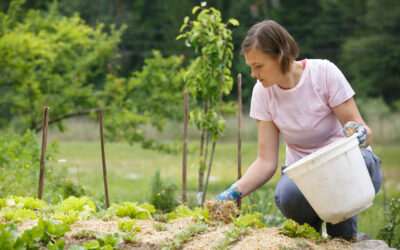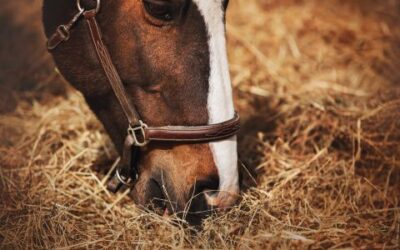
When preparing for the next horse show or dressage competition, many riders tend to focus solely on ring work. It is easy to fall into the routine of working on the skills that you will use during competitions, such as steady gaits and consistent transitions. However, by taking your show horse out of the ring on occasion, you can continue to progress your horse’s training. In this blog, we take a look at the many benefits of trail riding for the competitive equestrian and their horse.
Increased Responsiveness: Due to them tackling real-world challenges and a variety of obstacles, working your horse on the trail can cause them to respond to your aids in a timely manner. Try interspersing transitions between gaits (for example, walk/trot transitions) and within gaits (collections and extensions) to keep your horse actively listening to your aids. Use this practical environment to introduce your horse to skills like turn on the forehand, turn on the haunches, rein backs, and lateral work.
Better Balance: By working your horse up and down hills and on uneven terrain, the balance of both you and your horse will improve. Not only will you become more secure in your position, but your horse will also learn how to balance his or her body for the various challenges that you encounter. You can help your horse balance by getting into a slight two-point position when heading up hills and sitting tall and straight when headed down hills.
Improved Muscling: Hill work—especially walking up hills—is well known in many circles for adding strength to your horse’s topline and hindquarters (particularly stifles). Make sure that you gradually introduce hill work into your horse’s routine, since it can be very difficult and may quickly cause fatigue. This unique conditioning work quickly builds both muscle strength and mass while also slowly strengthening the tendons and ligaments. Feeding timothy alfalfa hay can also encourage an increase in muscle mass.
Strength Over the Topline: By encouraging your horse to stretch over his or her topline over the varied terrain, your horse will quickly develop muscling over the neck, back, loins, and hindquarters. This makes it easier to promote self-carriage in your ring work; a strong topline also makes it easier for your horse to step further underneath themselves for increased hind end engagement.
More Stamina: In addition to aiding the muscular system, trail riding also has a positive effect on your horse’s cardiovascular system and respiratory system. This allows the lungs and heart to be more efficient, making it easier to transport oxygen through your horse’s body. The increase in your horse’s overall conditioning level will also slow the development of lactic acid in the muscles (which causes muscle fatigue); this means that your horse can work harder and/or longer during your daily training activities.
Mental Stimulation: For ring-sour horses and horses who become bored in their daily routine, getting onto the trails can work wonders. The change in scenery gives your horse (and you!) a new experience and may make your ride more enjoyable. Many seasoned show horses find trail riding to be a wonderful new adventure. For an added incentive for good behavior and a happy horse, integrate breaks into your ride with time for praise and delicious horse treats.
Increased Focus: Initially, when you head out onto the trails, you may find that your horse is interested in anything but listening to you; this is to be expected. As your horse becomes more confident on the trail, less of their attention will wander and your horse will become more attentively focused on where they are going. Try riding over small logs or walking through a rocky (but safe!) section to ensure that your horse is paying attention to where he or she is placing their hooves. Many equestrians find that this translates to your ring work as well.
Decrease in Spooking: If you have a highly reactive horse who tends to spook, the trails are the perfect place to work on this and desensitize your horse (for your safety, consider using the ‘buddy system’ and inviting a friend with a bomb-proof horse). When you encounter ‘scary’ situations on the trail, work to redirect your horse’s attention and patiently encourage forward-thinking.
Build Confidence: By presenting various situations and obstacles to you and your horse, you can become more confident in your partnership. Your horse will trust you and understand that you are a team, working through the various circumstances that you encounter. From water crossings and vehicular traffic to wild animal sightings and fallen trees, every trail ride presents you with something new to navigate together.
The final preparations for your show ring performance can happen outside the ring. Consider integrating trail riding and hacking into your horse’s fitness regime. Keep your horse sound, healthy, and happy by schooling in new scenery such as the trails and roads near your barn.




